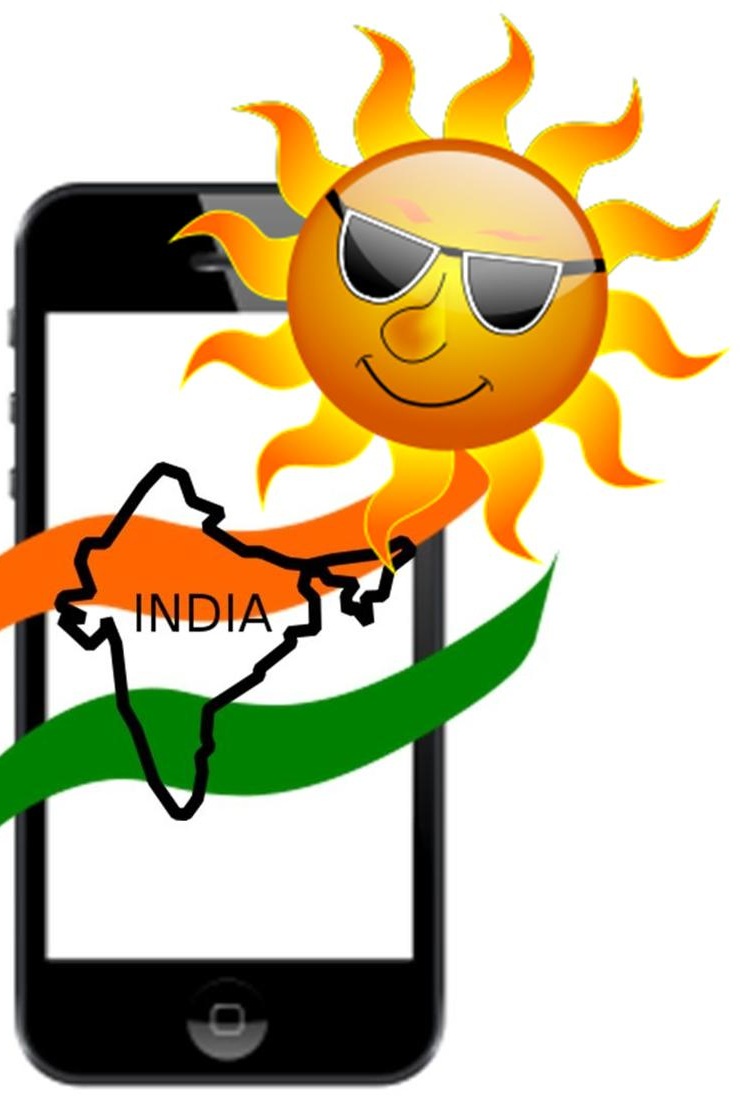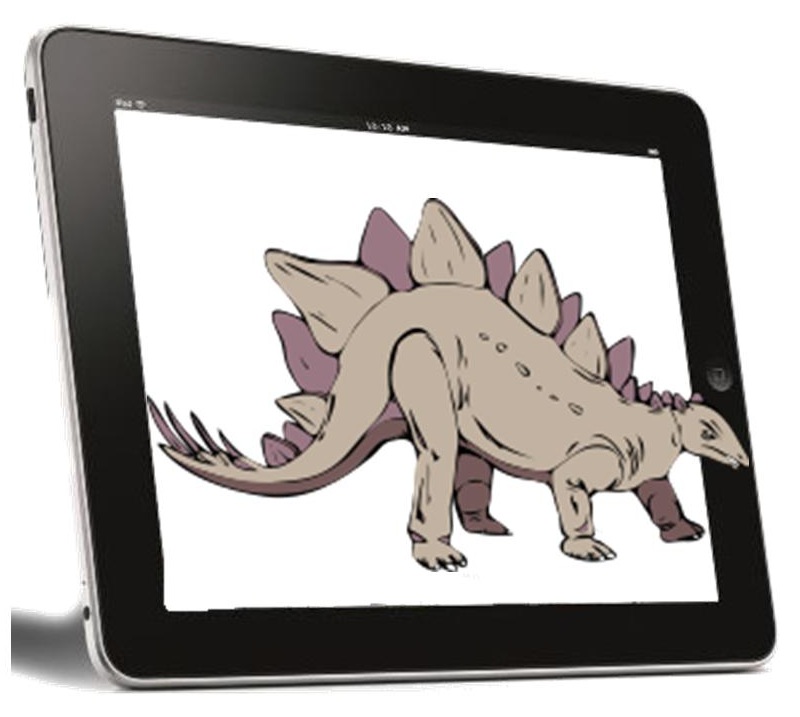According to a recent study performed in the Indian market, there are hot products sold over mobile.
eBay India has released the results of their summertime m-commerce survey and has discovered that the channel will be exploding with shoppers over the hottest months of the year, and they know exactly what they want to buy.
The scorching heat appears to be adding some warmth to the smartphone shopping marketplace.
Within the m-commerce survey, eBay discovered that more than fifty percent of the population intends to make purchases over their smartphones or tablets, typically from the comfort of their own homes. They are choosing this alternative over having to leave their homes to deal with the sweltering heat this summer in order to head to the local mall.
Fifty nine percent of the m-commerce participants said they wanted to shop over smartphones and tablets.
The reason cited for this preference toward staying in and shopping over m-commerce instead of going in person to the mall was that they would be able to stay out of the heat and avoid the overcrowding in the market areas.
The survey also identified the top products that are expected to be purchased over the m-commerce channel. The research respondents said that they would be most likely to buy cotton apparel, shorts, t-shirts, caps, and sunglasses. Among the colors that are most likely to be purchased are green, blue, white, cream, and black.
According to the eBay India country manager, Muralikrishnan B., the adoption of m-commerce “has increased significantly in the country due to multiple factors such as enhanced 3G penetration and availability of affordable smartphones.” He added that this activity has become one of the preferred option for many Indians, particularly among those in the smaller cities.
This has become increasingly obvious as a recent m-commerce study that the company also performed has shown that 49 percent of the users of the online marketplace are from non-metropolitan cities. He added that because eBay is one of the pioneers into this channel within the country, they have considered it to be truly promising to watch the shift toward mobile in India.
 Virginia Tech art groups are working together to provide children with a unique Earth Day experience.
Virginia Tech art groups are working together to provide children with a unique Earth Day experience.
For Earth Day, a number of art groups at Virginia Tech have collaborated to use augmented reality to offer children a unique and fascinating experience for learning about creatures from pre-historic times.
The DinoDig involved a form of technology enhanced scavenger hunt experience.
The children visiting Virginia Tech over the weekend were able to use an augmented reality application that used location based technology to provide kids with a scavenger hunt that was enhanced by smartphones and tablets. This occurred before the “Dinosaur Petting Zoo” that was also held.
The augmented reality app allowed the kids to play the role of a paleontologist on a dig site.
The Virginia Tech app was selected to allow for the creation of the DinoDig based on FreshAiR. It was created by an associate professor from Redford, as well as his team. It uses augmented reality to allow the user to interact with the environment directly around him or her. It makes use if the device camera feature as a form of lens.
By hovering it over various objects at the site, the augmented reality technology allows the user to view more information about them. The app works because an AR map of the site had already been created. This allowed the geolocation technology to tell the DinoDig app exactly where the user was located and what he or she was viewing.
The app gave the scavenger hunt participants the ability to take part in a high tech experience that provided the chance to learn a great deal. They discovered facts related to dinosaurs when the camera features were held over the displays.
In order to complete the augmented reality scavenger hunt, the children were required to walk less than a mile over a period of approximately thirty minutes. The purpose was to give the kids a new way to experience their surroundings in order to capture their attention and their imaginations. Furthermore, each stop featured an additional interactive element, which consisted of a challenge of some form, or a trivia question. This allowed the child to earn virtual clues and dinosaur bones for the location.


 Virginia Tech art groups are working together to provide children with a unique Earth Day experience.
Virginia Tech art groups are working together to provide children with a unique Earth Day experience.